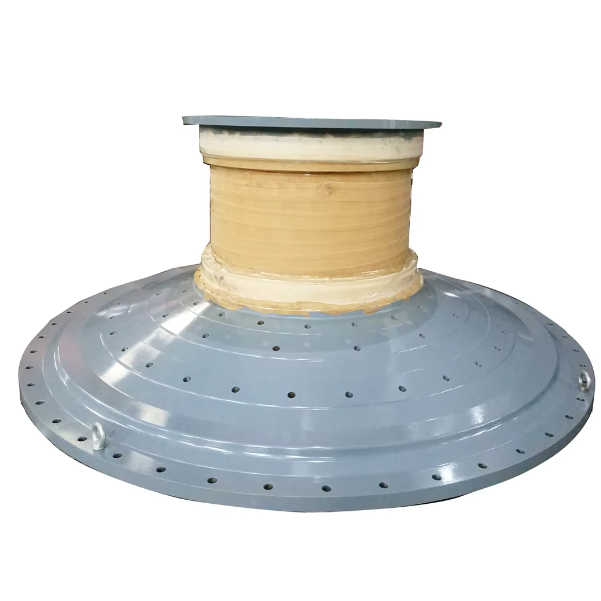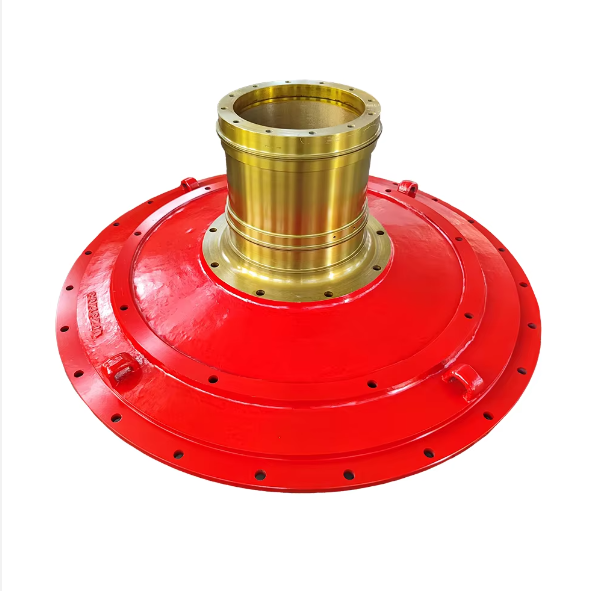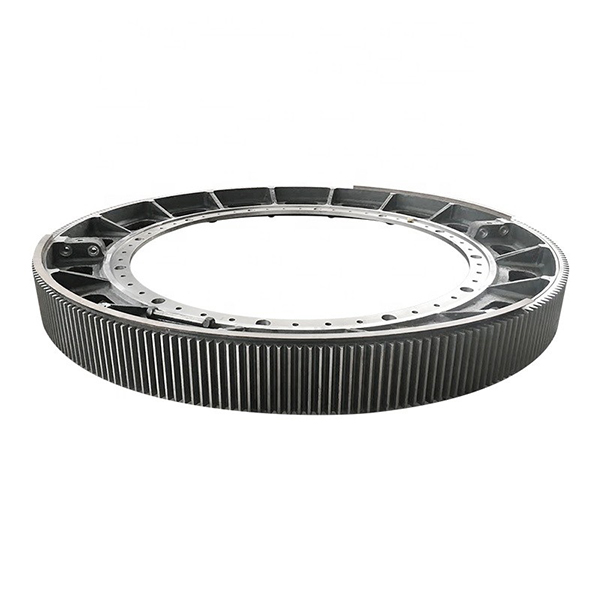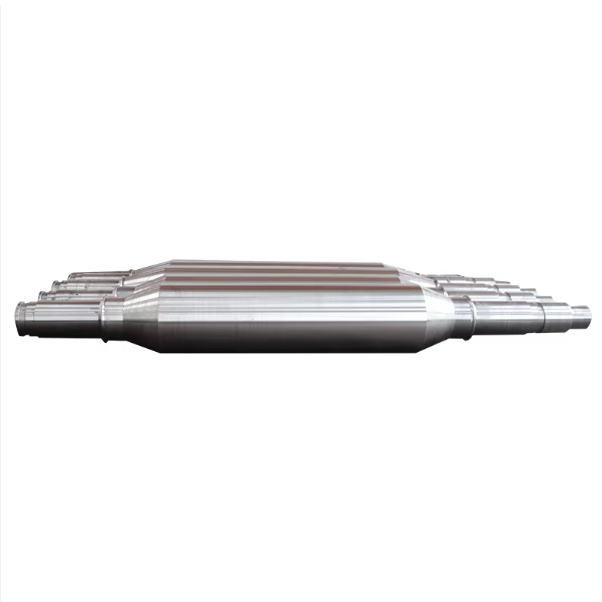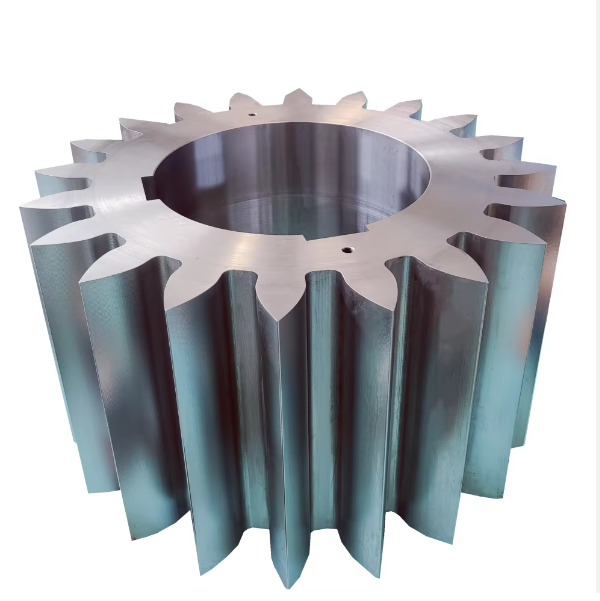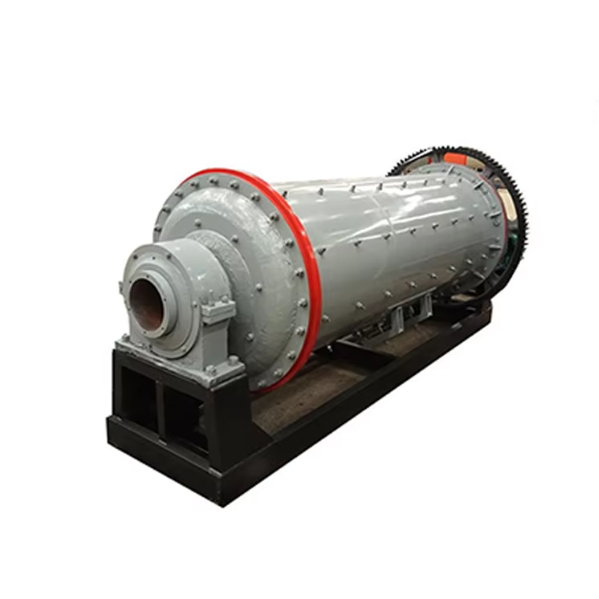Ball mill cylinder
This paper elaborates on the ball mill cylinder, a core component that holds grinding media and materials, enabling material crushing and mixing through rotation, while withstanding heavy loads (up to thousands of tons). It requires high strength, rigidity, wear resistance, and sealing performance, with Q235B and Q355B steel as common materials, and features a cylindrical structure with wear-resistant liners inside. The manufacturing process of large Q355B cylinders is detailed, including raw material pretreatment, cutting, rolling, welding (longitudinal and circumferential seams), flange assembly, annealing, roundness correction, and surface treatment. Comprehensive inspection processes are also outlined, covering raw materials (chemical composition, mechanical properties), welding quality (non-destructive testing), dimensional accuracy (diameter, roundness, straightness), hydrostatic tests, and final appearance checks. These ensure the cylinder meets operational requirements, with a service life of 8-10 years when combined with wear-resistant liners.
More





